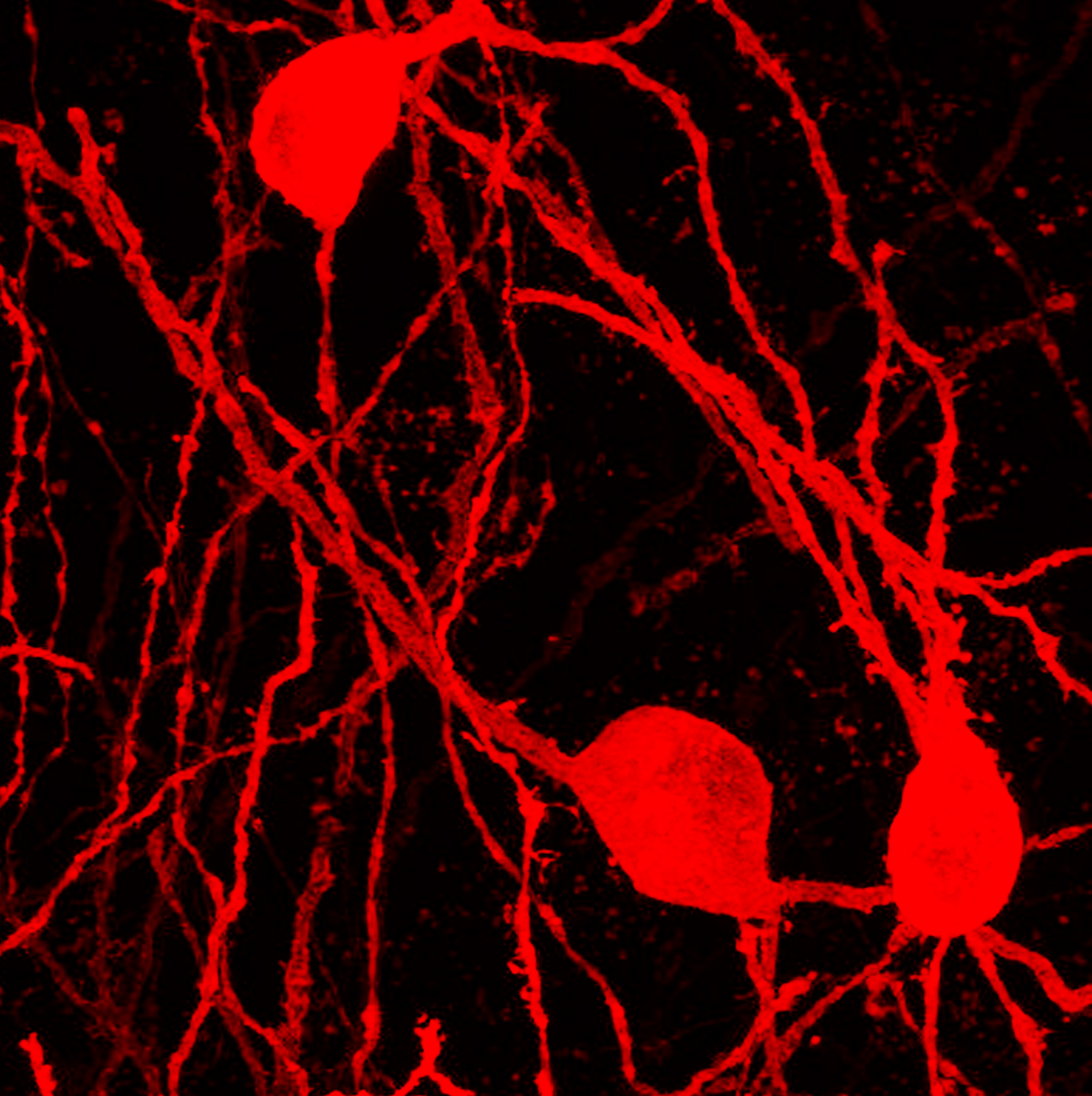Main Menu (Mobile)- Block
- Overview
-
Support Teams
- Overview
- Anatomy and Histology
- Cryo-Electron Microscopy
- Electron Microscopy
- Flow Cytometry
- Gene Targeting and Transgenics
- Immortalized Cell Line Culture
- Integrative Imaging
- Invertebrate Shared Resource
- Janelia Experimental Technology
- Mass Spectrometry
- Media Prep
- Molecular Genomics
- Primary & iPS Cell Culture
- Project Pipeline Support
- Project Technical Resources
- Quantitative Genomics
- Scientific Computing Software
- Scientific Computing Systems
- Viral Tools
- Vivarium
- Open Science
- You + Janelia
- About Us
Main Menu - Block
- Overview
- Anatomy and Histology
- Cryo-Electron Microscopy
- Electron Microscopy
- Flow Cytometry
- Gene Targeting and Transgenics
- Immortalized Cell Line Culture
- Integrative Imaging
- Invertebrate Shared Resource
- Janelia Experimental Technology
- Mass Spectrometry
- Media Prep
- Molecular Genomics
- Primary & iPS Cell Culture
- Project Pipeline Support
- Project Technical Resources
- Quantitative Genomics
- Scientific Computing Software
- Scientific Computing Systems
- Viral Tools
- Vivarium
smartFISH
Serial multiplexed fluorescent in situ hybridization via enzymatic degradation of mRNA/DNA complexes
FISH Background
Fluorescent in situ hybridization (FISH) is a powerful diagnostic and discovery tool for identifying the genomic status of samples through the localization of specific DNA or RNA strands within cells or tissues. FISH involves using fluorescence probes to detect specific gene sequences within chromosomes and to detect genetic mutations such as gene amplification, deletions, and translocations. Single-molecule fluorescent in situ hybridization (smFISH) of RNA allows visualization of individual transcripts in large groups of single cells without gross disturbance of their spatial arrangement.
New Developments
Researchers in the Sternson lab at Janelia developed smartFISH (serial multiplexing by ablation of RNA targets fluorescent in situ hybridization), using a novel implementation of RNAseH, an enzyme that selectively hydrolyzes RNA that is hybridized to DNA.
Branched DNA/RNA smFISH tissue treatment with RNAseH digestion of RNA-DNA hybrids followed by mild thermal stripping of the remaining branched DNA hybridization tree led to robust removal of probe-related signals that did not return
following subsequent re-amplification steps. In addition, all attempts to re-probe the tissue to label an mRNA species identical to that probed in a previous round produced no signal after enzymatic stripping.
smartFISH is an effective new FISH technology for ex vivo multiplexed detection of gene and gene expression.
Figure 1. Branched DNA (bDNA) smFISH
Signal amplification via step-wise addition of
1) sequence-specific primary probes,
2) pre-amplifier DNA molecules,
3) amplifier DNA molecules, and
4) fluorophore-conjugated DNA probes.
Adapted from Battich et al., Nature Methods., 2013.
Advantages
- Reliable ex vivo detection of genes expressed at low levels
- Preserves tissue integrity across imaging rounds
- Suitable for combined use with other labeling techniques
- Enables unbiased classification of functionally relevant gene expression profiles
- No complicated and unnecessary perturbations to the cell or tissue.
- Simplified technique with commercially available reagents
- Cost-effective
- Flexible for a wide variety of other imaging approaches
Opportunity
smartFISH is available for commercial license
Patents
Issued US Patent 11,352,660
Janelia 2017-001


